Anticipating Change: Exploring Long-term Futures for Heritage
2025-10-23
On the 16th of October 2025 ICCROM organized a workshop on Strategic Foresight in Heritage taking place in Rome, titled Anticipating Change: Exploring Long-term Futures for Heritage. The purpose of the workshop was to found a community for practice surrounding Strategic Foresight in heritage, to build resilience, relevance and agency among heritage organisations in the face of uncertainty and change.
Gustav Wollentz from the UNESCO Chair on Heritage Futures assisted in the organisation and facilitation of the workshop, contributing with a presentation on the value of Strategic Foresight in heritage and moderating parts of the agenda, which included both a hands-on Foresight exercise, the Futures Wheel, as well as a discussion on how to move forward together.
The goals of the newly established group are to:
- Connect and amplify foresight and innovation efforts across the heritage sector.
- Co-developing and testing foresight methods in real-world heritage contexts.
- Building an open repository of trends, tools, and insights tailored to the sector’s needs.
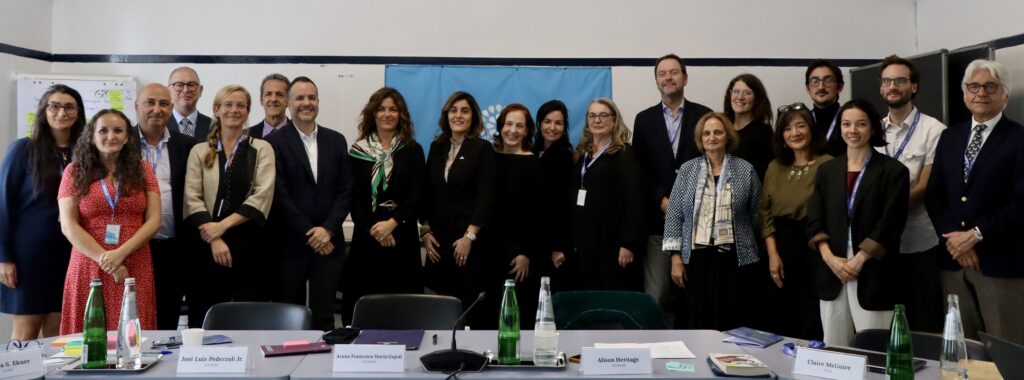
Together vid ICCROM, the workshop gathered representatives from the International Council on Archives, ICOM (International Council of Museums), IFLA (International Federation of Library Associations and Institutions), NEMO (Network of European Museum Organizations), UNESCO, the French Ministry of Culture, the Swedish National Heritage Board, the Heritage Alliance, UK, the Fondation des Sciences du Patrimoine, France, the Getty Foundation, USA, and University College London, UK.
More information on the workshop is available here: https://www.iccrom.org/news/anticipating-change-exploring-long-term-futures-heritage

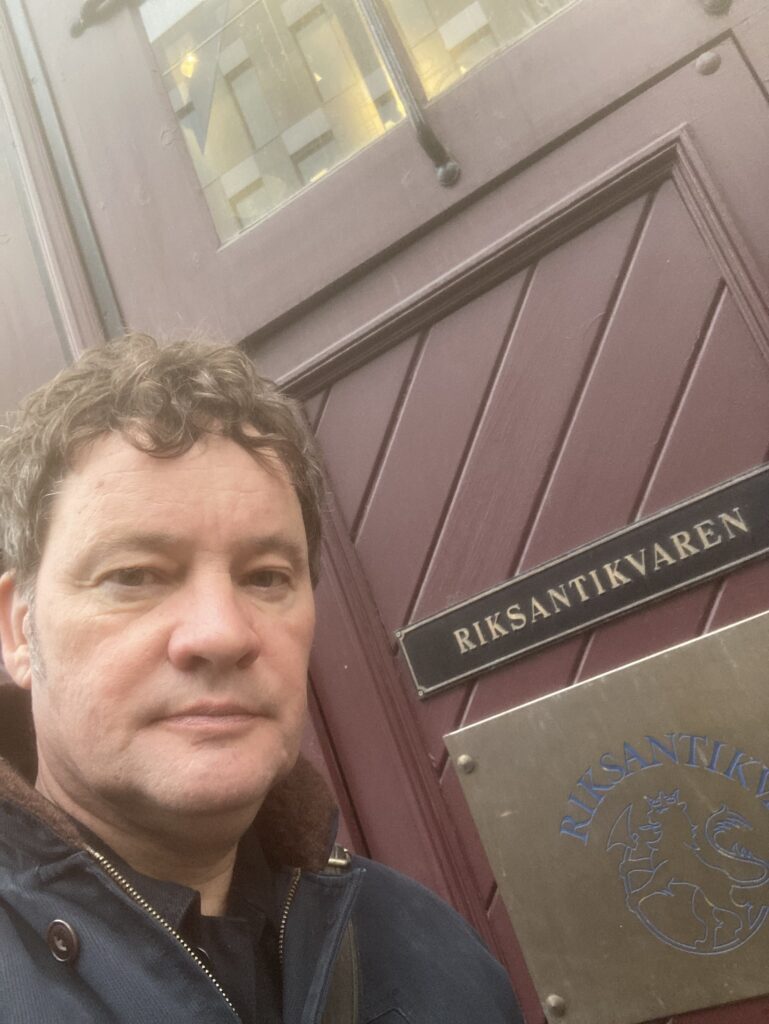
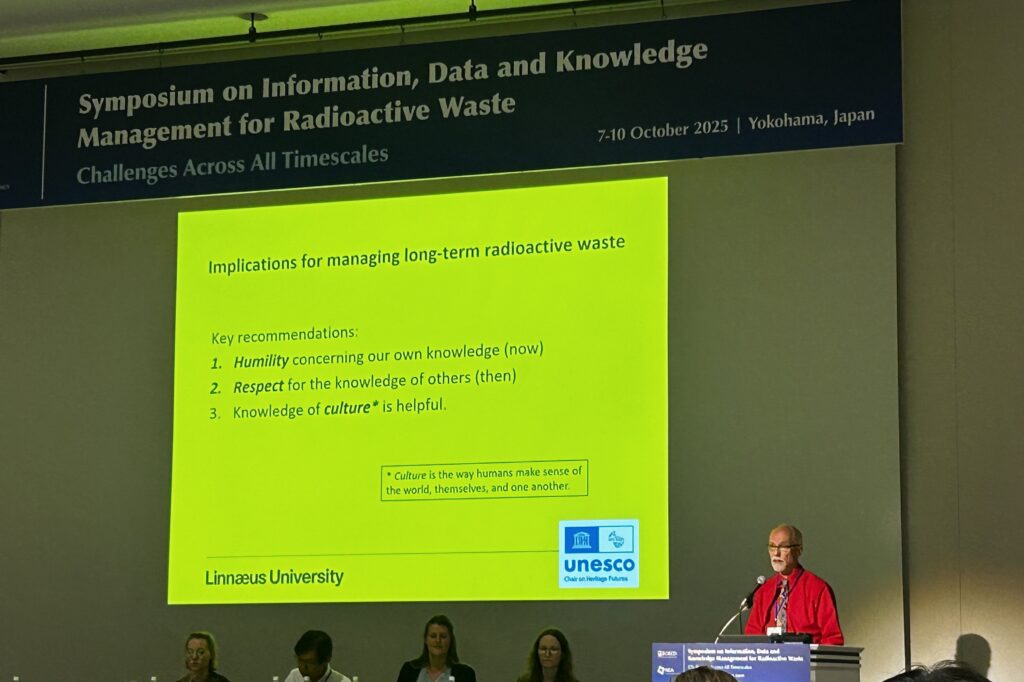
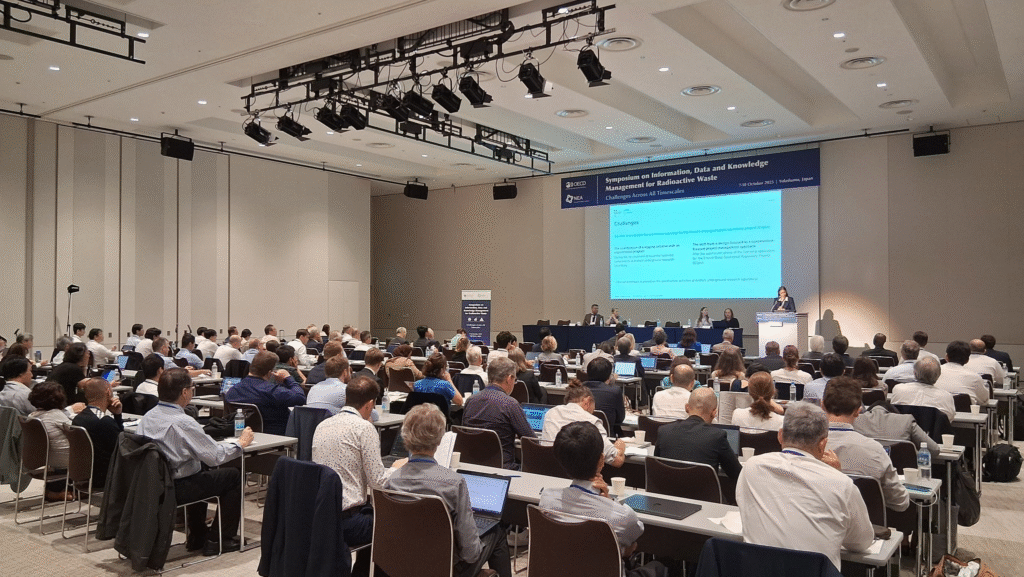
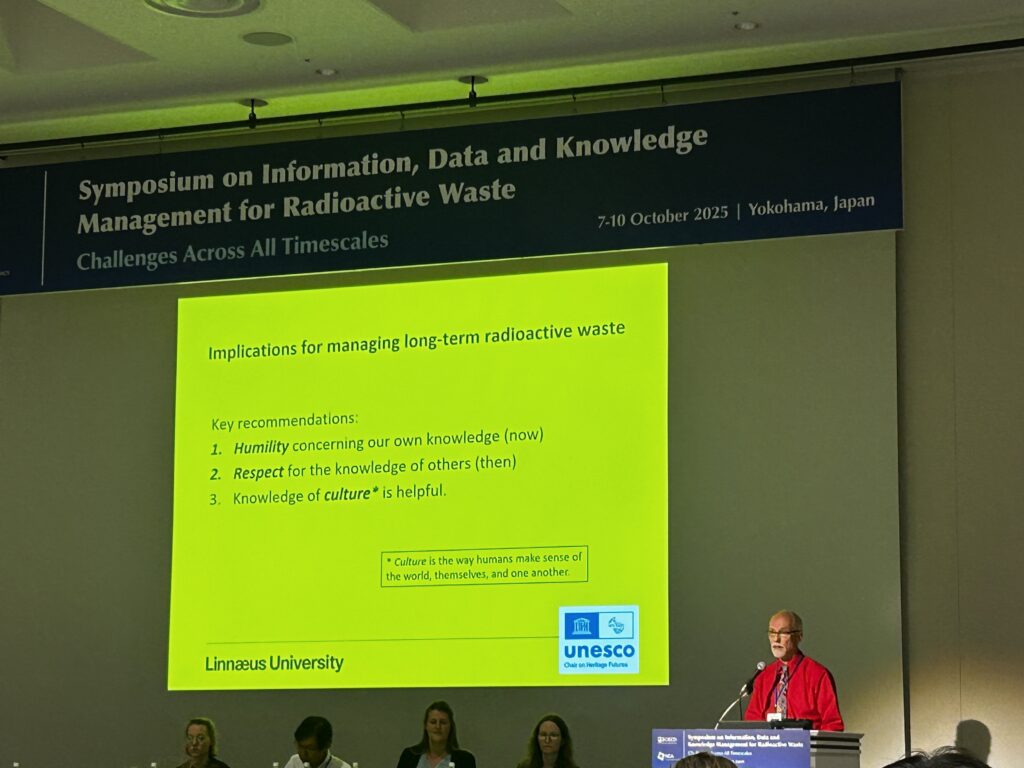
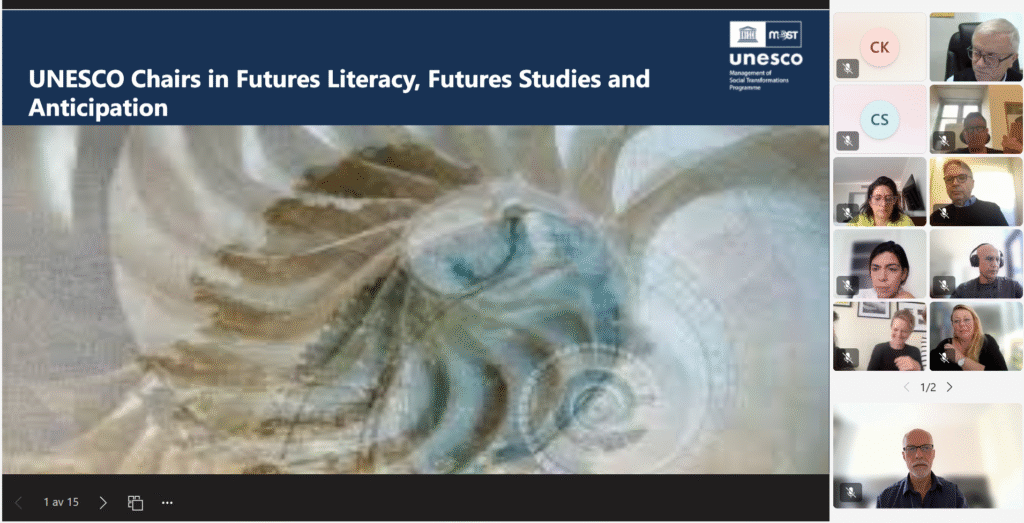

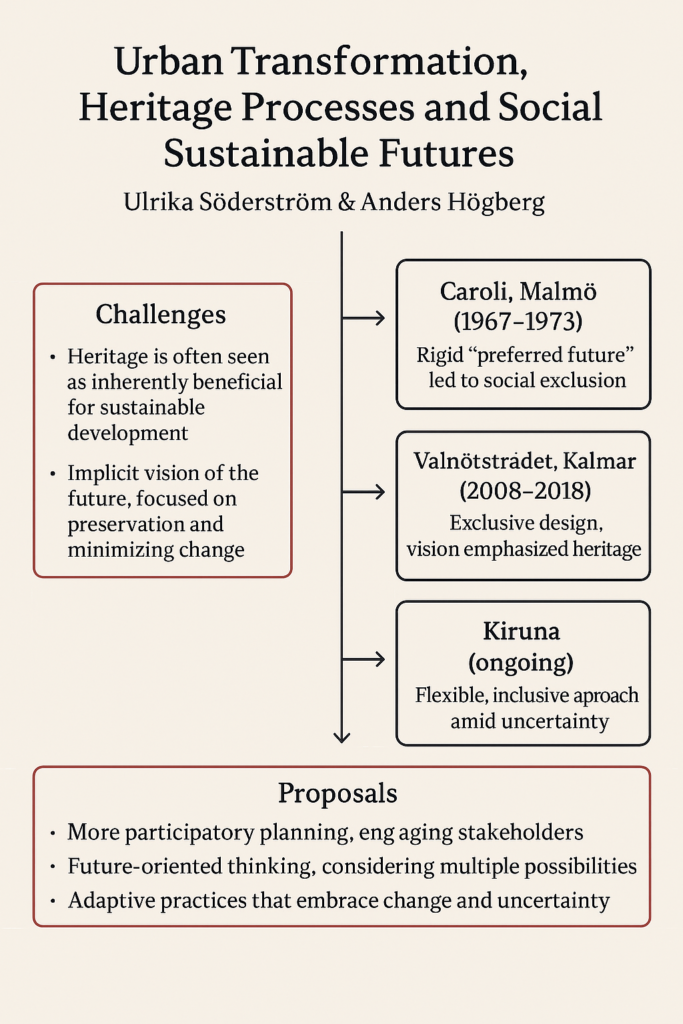




[…] The new funding for this and a number of additional smaller projects, means that the Climate Heritage Network is…
[…] Chair on Heritage Futures « Culture, cultural heritage and COP26 […]
[…] mer på Unescoprofessurens blogg http://blogg.lnu.se/unesco/?p=1061 Besök Öland 2050! […]